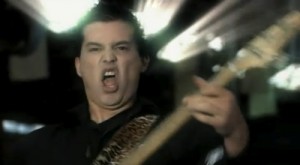 Savant (who sometimes spell their name with a metal umlaut – Savänt) are here and they’re going to rock. I was delighted to discover that the “Solitary” video is shot in the same old warehouse location where Lucid 3’s “Shiver” video was filmed. I think it might be the since demolished old warehouses on Quay Street. While Lucid 3 were content to build a stage, add a bit of water and pose artfully, Savant have gone to the extreme for their Soundgraden-inspired track.
Savant (who sometimes spell their name with a metal umlaut – Savänt) are here and they’re going to rock. I was delighted to discover that the “Solitary” video is shot in the same old warehouse location where Lucid 3’s “Shiver” video was filmed. I think it might be the since demolished old warehouses on Quay Street. While Lucid 3 were content to build a stage, add a bit of water and pose artfully, Savant have gone to the extreme for their Soundgraden-inspired track.
The band’s bio at Muzic.net.nz notes that the video was filmed using the fancy new world of digital cinematography “as used on Star Wars Episode 2.” It also reckons that this was the first time a digital video had been produced in Australasia. Well, that’s an important milestone.
The video starts with the band playing in the warehouse during the day. We know it’s daytime because of all the sunlight that’s flooding in through the many windows and skylights. The light has been digitally enhanced to resemble strong hazy sunbeams. It’s been manipulated to shine around the singer, like some sort of bad Christian film.
Then night falls and the lighting tricks get even tricksier. The warehouse is dark on the inside and the band are lit by areas of green, gold and brown light. And just in case this was not extreme enough, we then find the bass player floating in the air (i.e. hanging from a cable) because this is how hard Savant rock.
The thing is, this song has the lyrics “I’m a solitary man / Yes, I am”. Clearly a band who write big crunchy rock numbers like this do not care for subtlety. They’re going to go as extreme as they can manage. And I can’t help think that the band would have been really pleased with the finished product.
Best bit: the bass player’s extreme röck facïal exprëssions.
Next…pop-up pop.
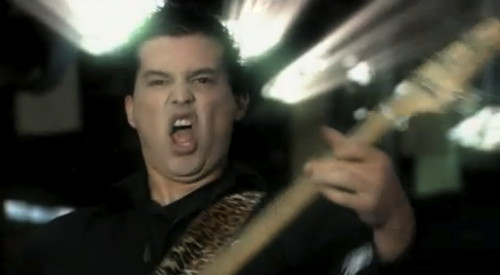

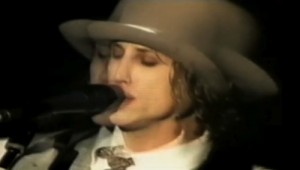 If there’s one band that can do dress-ups without an awkward self-confidence, it’s Pluto. “Stick With It” sees the band as cabaret performers, dressed in dapper suits and hats, entertaining a small club. (Bang on trend for that “Great Gatsby” look, plus eyeliner.) And it all seems like a real performance in front of a real audience, so there’s a refreshing lack of the “Woo! I’m watching a live band!” style of music video audience acting.
If there’s one band that can do dress-ups without an awkward self-confidence, it’s Pluto. “Stick With It” sees the band as cabaret performers, dressed in dapper suits and hats, entertaining a small club. (Bang on trend for that “Great Gatsby” look, plus eyeliner.) And it all seems like a real performance in front of a real audience, so there’s a refreshing lack of the “Woo! I’m watching a live band!” style of music video audience acting.
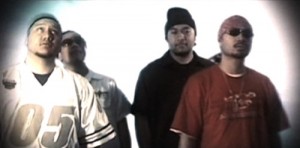 KAOS were a hip hop group that was part of the Dawn Raid family. “2000 Beyond” was of two KAOS tracks that featured on Dawn Raid’s 2001 sampler album “Southside Story 2: International”. I’m going to assume that 1960s spy comedy “Get Smart” was the source of the group’s name, but I’m also hoping that the track title was inspired by the Australian futuristic technology TV series “Beyond 2000”.
KAOS were a hip hop group that was part of the Dawn Raid family. “2000 Beyond” was of two KAOS tracks that featured on Dawn Raid’s 2001 sampler album “Southside Story 2: International”. I’m going to assume that 1960s spy comedy “Get Smart” was the source of the group’s name, but I’m also hoping that the track title was inspired by the Australian futuristic technology TV series “Beyond 2000”.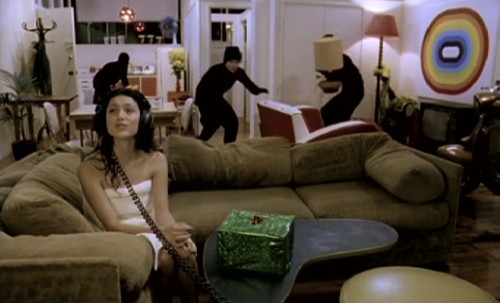
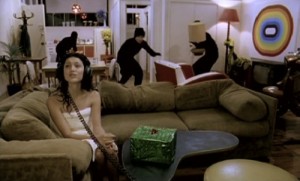 The “Sophie” video is one of those classic, beloved New Zealand music videos. It won Best Video at the
The “Sophie” video is one of those classic, beloved New Zealand music videos. It won Best Video at the 
 Goldenhorse had previously enjoyed some success with campus radio hit “American Wife”, but “Golden Dawn” was their first video and the track that started to get them noticed. With two members of the band coming from Bressa Creeting Cake (one of their videos featured a tale of the
Goldenhorse had previously enjoyed some success with campus radio hit “American Wife”, but “Golden Dawn” was their first video and the track that started to get them noticed. With two members of the band coming from Bressa Creeting Cake (one of their videos featured a tale of the 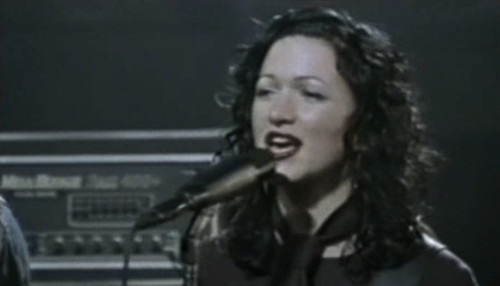
 Up to this point, Fur Patrol’s videos have been a lot of fun, with the band
Up to this point, Fur Patrol’s videos have been a lot of fun, with the band 
 In the beginning there was Che Fu’s head. It pops up in a black void, before it’s suddenly revealed that Che and the nine members of his band are standing atop a strange brown platform. They discover that, oddly enough, they all have cables trailing from their backs and they can make musical sounds from their mouths. No one seems alarmed by this situation, and they excitedly plug their biocables into jacks.
In the beginning there was Che Fu’s head. It pops up in a black void, before it’s suddenly revealed that Che and the nine members of his band are standing atop a strange brown platform. They discover that, oddly enough, they all have cables trailing from their backs and they can make musical sounds from their mouths. No one seems alarmed by this situation, and they excitedly plug their biocables into jacks.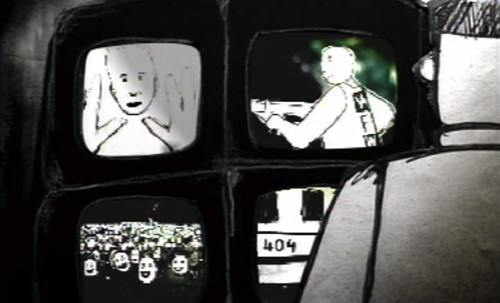
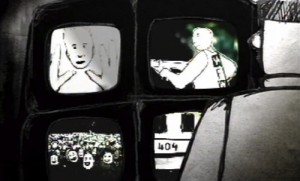 It’s Eye TV’s final NZ On Air-funded video. They had 15 funded videos, which puts them on par with Garageland and Tadpole. It’s kind of nice that their final video was directed by Greg Page, whose music-video-directing career developed alongside Eye TV’s music career.
It’s Eye TV’s final NZ On Air-funded video. They had 15 funded videos, which puts them on par with Garageland and Tadpole. It’s kind of nice that their final video was directed by Greg Page, whose music-video-directing career developed alongside Eye TV’s music career.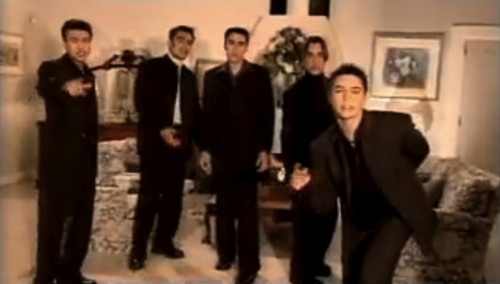
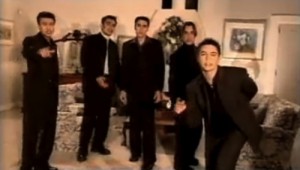 The En Masse story goes a little something like this. A couple of Christchurch businessmen noticed the success of overseas boybands and their successful managers. They fancied themselves to be the Lou Perlmans of the South Pacific so they put together a boyband called En Masse.
The En Masse story goes a little something like this. A couple of Christchurch businessmen noticed the success of overseas boybands and their successful managers. They fancied themselves to be the Lou Perlmans of the South Pacific so they put together a boyband called En Masse.